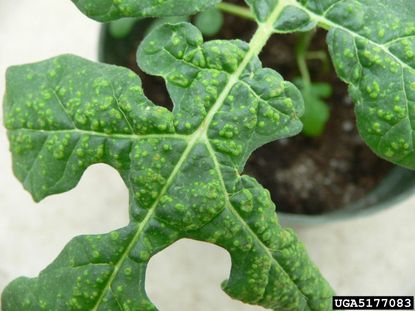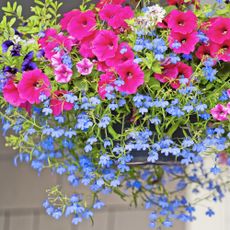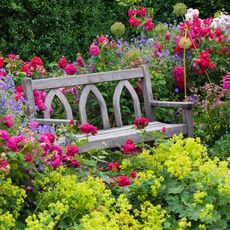What Is Edema: Tips For Treating Edema In Plants


Ever have one of those days when you feel a little sluggish and bloated? Well, your plants can have the same problem -- they retain water just like people do when conditions are not right. Edema in plants is not a serious disease and it's not a symptom of a bacteria, virus, or insect infestation. Common causes of plant edema include overwatering and improper fertilization; it's easily curable if caught early.
What is Edema?
Edema, or oedema, is a type of abnormal water retention in plants, often influenced by the plant's environment. Favorable conditions actually encourage edema in many cases, since affected plants already have a fair amount of water in their systems, providing them with more can just encourage them to gorge on liquid. Any time the plant takes up water faster than it transpires, edema becomes a risk. Signs of edema plant disease vary between susceptible species, but often include bumps, blisters, or water-soaked areas on the undersides of leaves. These areas may expand and become corky, but in other plants, curling and distortion are common. White, crusty eruptions may form along the leaf veins or gall-like structures can develop under leaves with yellow corresponding spots on the upper leaf surface.
Treating Edema
Because it's not a disease, there are many ways to treat edema, depending on the cause. Your job as a gardener is to figure out what's causing your plant's problem and correct the situation. If your plant has edema, first adjust your watering habits. Most plants should never sit in water, so remove those saucers and make sure that big pots are draining well. Roots tend to absorb water faster when the water is warm and the atmosphere is cool, so wait to water until the sun is up in the morning whenever possible. Indoors, humidity can have a considerable influence on edema; improving air circulation around plants will help reduce humidity into safer ranges. Increasing the light intensity is helpful for many plants with edema, but be sure not to cook them by moving them too quickly into brighter light. Make these changes gradually, over the course of a week or two, slowly leaving the plant in brighter light for an increasing length of time, until it no longer wilts in response to the sun. Lastly, make sure you're fertilizing your plant properly. Plants with low available potassium and calcium can be more susceptible to edema. If cultural conditions seem correct for your plant, a soil test may be needed. Adjusting the pH can make more nutrients available, or you may need to add more of the nutrients that are lacking.
Gardening tips, videos, info and more delivered right to your inbox!
Sign up for the Gardening Know How newsletter today and receive a free download of our most popular eBook "How to Grow Delicious Tomatoes."

Kristi Waterworth was a regular contributor to Gardening Know How for many years, answering countless queries on plant pests and diseases.
-
 7 Best Trailing Plants For Hanging Baskets – Create A Delightful Summer Display
7 Best Trailing Plants For Hanging Baskets – Create A Delightful Summer DisplayHanging baskets are a staple of the summer patio. Use these plants to create trailing masterpieces that add beauty and elegance to your outdoor space.
By Melanie Griffiths
-
 Old-Fashioned Flowers And Plants That Will Transport You To Another Time
Old-Fashioned Flowers And Plants That Will Transport You To Another TimeFancy bringing some old world beauty and elegance to your space? These nine old-fashioned flowers can help you add a touch of nostalgia and romance
By Mary Ellen Ellis